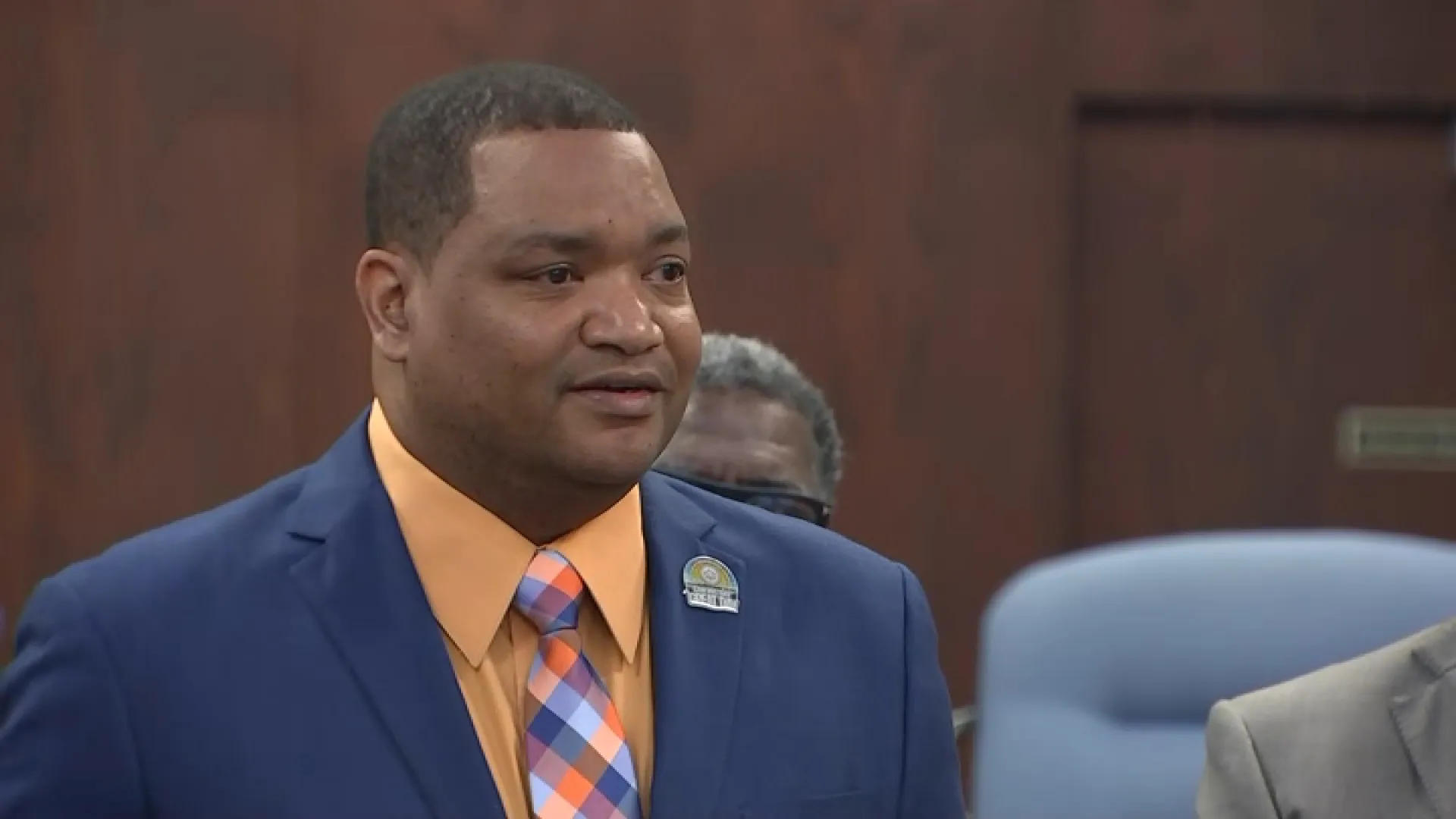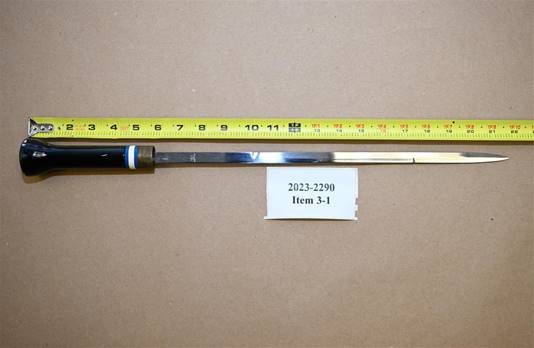Yes, They're The Same Thing
First things first: hurricanes and typhoons are different names for the same thing. They are both Tropical Cyclones, which also happens to be what they’re called in the Indian Ocean and the Southern Hemisphere. Here’s a map of what they’re called in different parts of the world…[[386050331,C,600,362]]
And here is a beautiful map showing tracks and intensities of all tropical storms, courtesy of NASA…[[386050991,C]]
A few things immediately stick out from looking at the map:
1. There are more storms in the Western Pacific than any other area-by FAR.
2. There are virtually NO storms off the west coast of the U.S.
3. There are virtually NO storms in the South Atlantic, or in the Eastern South Pacific
Local
Breaking news and the stories that matter to your neighborhood.
4. There are virtually NO storms close to the equator (this is because it takes the Coriolis Effect to lead to enough spin to get storms started).
Super-Typhoon vs. Major Hurricane
The most destructive storms on earth often look alike, but are defined differently. A "Major Hurricane" has sustained winds of at least 111 mph, which makes it a Category 3 on the Saffir-Simpson scale. A Category 4 has winds of at least 130 mph. Category 5 is greater than 156 mph. Meanwhile, a "Super-Typhoon" has sustained winds of at least 150 mph. That’s about the equivalent of a Category 5.
The increase in winds doesn’t do justice to the huge difference in destruction from a "minimal" hurricane, with 74 mph winds to a major hurricane.
The "potential damage" of a Category 3 is about 50 TIMES as much as a Category 1. A category 4 has about 250 TIMES the damage. And a Category 5 has about 500 TIMES the damage. You can see how important the difference is, even among major hurricanes. This is why any increase in numbers of storms of Category 4and 5 (or Super-typhoons) is a REALLY BIG DEAL. And yes, it’s happening.[[386060281,C,400,398]]
Click here to read the article the graphic is based on.
The evidence had become obvious nearly ten years ago.
The Superstorms Of The Past Few Years
It has become obvious that the odds of a hurricane becoming "Major" has increased in the past decade or so. And the frequency of typhoons becoming "Super” has increased as well. This is very bad news.
Super-typhoon Nepartak is the latest (max sustained winds 175 mph)[[386060201,C,600,492]]
2016 -- Cyclone Fantala (Indian Ocean)
Max sustained winds: 175 mph[386060141,600,466]]
Notice anything about Fantala? It looks backward. That’s because it is. Fantala tracked through the SOUTHERN Indian Ocean, and storms rotate in the opposite direction there. A storm this strong was unheard of in this part of the world-until recently.
Storms as strong as SuperTyphoons and Category 5 Hurricanes should be rare, too. But it seems that more and more of them have formed in the past couple of years.
2015 -- Soudelor (180 mph)[[386060091,C,600,466]]
2015 --Noul (160 mph)[[386057291 ,C,600,381]]
2015 --Maysak (160 mph)[[386057131 ,C,600,338]]
These are just a few of the record 22 hurricanes or typhoons that reached Category 4 or 5 in the Northern Hemisphere in 2015!
2015 -- Patricia (East Pacific)
Max Winds: 215 mph (world record)[[386056921,C,600,379]]
2014 -- Vongfong (180 mph)[[386059321,C]]
2013 -- Haiyan (195 mph)[[386056671,C,600,457]]
Haiyan seemed to start this recent trend of numerous, extreme storms. It was one of the strongest tropical cyclones ever recorded (and the strongest ever recorded at landfall anywhere in the world). Sustained winds reached 195 mph. Tragically, it made landfall in parts of the Philippines at near maximum strength, killing thousands and making 4 million people homeless.
Amazingly, Haiyan’s winds were topped just 2 years later, when Patricia had sustained winds of 215 mph.
So Why Is This Happening?
The main answer is simple and obvious: Warmer Ocean temperatures allow any given hurricane or typhoon to become stronger. Hurricanes feed off of warm water. And if the warm ocean waters extended to a significant depth, there is an even greater chance of an intense storm.
Several studies have shown a general increase of percentage of intense cyclones in recent years, combined with a general decrease in total number of tropical cyclones. The graphic below from noted hurricane/climate change researcher Dr. Kerry Emanuel, shows a strong connection between ocean temperatures (SST) and overall "power" of tropical cyclones (he calls it "PDI"-Power Dissipation Index):[[386056591,C,600,462]]
So, oceans are warming due to climate change, which then causes any given hurricane or typhoon to get stronger than it would be if there hadn’t been any warming. Right? Well, it’s not as simple as that.
Is Something Else Causing Oceans To Warm?
To be fair, I must mention a theory held by a significant number of meteorologists (but not so many climate scientists). There’s a natural cycle in Pacific Ocean temperatures called the PDO-Pacific Decadal Oscillation. It’s not important why it exists-it just does.
So, when noted climate skeptic Dr. Ryan Maue tweeted this graphic, it raised some eyebrows of more than a few meteorologists:[[386056481,C,600,450]]
This shows how another measure of tropical cyclone "power"; called "ACE" (the blue line) correlates with the PDO. That’s pretty impressive. It also shows the El Nino/La Nina factor (ENSO). That’s also pretty impressive. After all, we just had a record strong El Nino, which warms a lot of the Pacific. We did expect the 2015 typhoon season in the Western Pacific and the 2015 hurricane season in the Eastern Pacific to be very active.
So, could this super-typhoon trend of recent years just be temporary? If Maue is right, it is. If the intensity trend continues, though, it will become clearer that global warming is the main driver of the catastrophic super-typhoon and major hurricane trend of the past few years.
What Does This Mean For Us?
Last year was a record El Nino last year, which led to an inactive Atlantic hurricane season. We are now switching to a La Nina, which will help make this Atlantic hurricane season a very active one. Whether the East Coast gets hit with one will be determined by the overall weather pattern at the time they form.
But warmer than normal ocean temperatures would:
1. Allow any storm that forms in the Atlantic to be stronger than it would with normal ocean temperatures
2. Allow any storm that closes in on the East Coast to weaken more slowly
Current ocean temperatures in the Atlantic, Caribbean, and Gulf of Mexico are all above normal. And the waters along our part of the coastline and off New England are especially warm compared to normal. Here’s the map:[[386056291,C,600,553]]
Glenn "Hurricane" Schwartz
Chief Meteorologist, NBC10 Philadelphia



